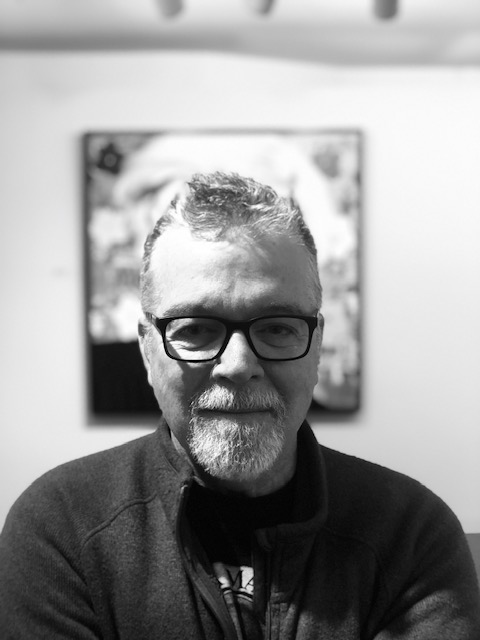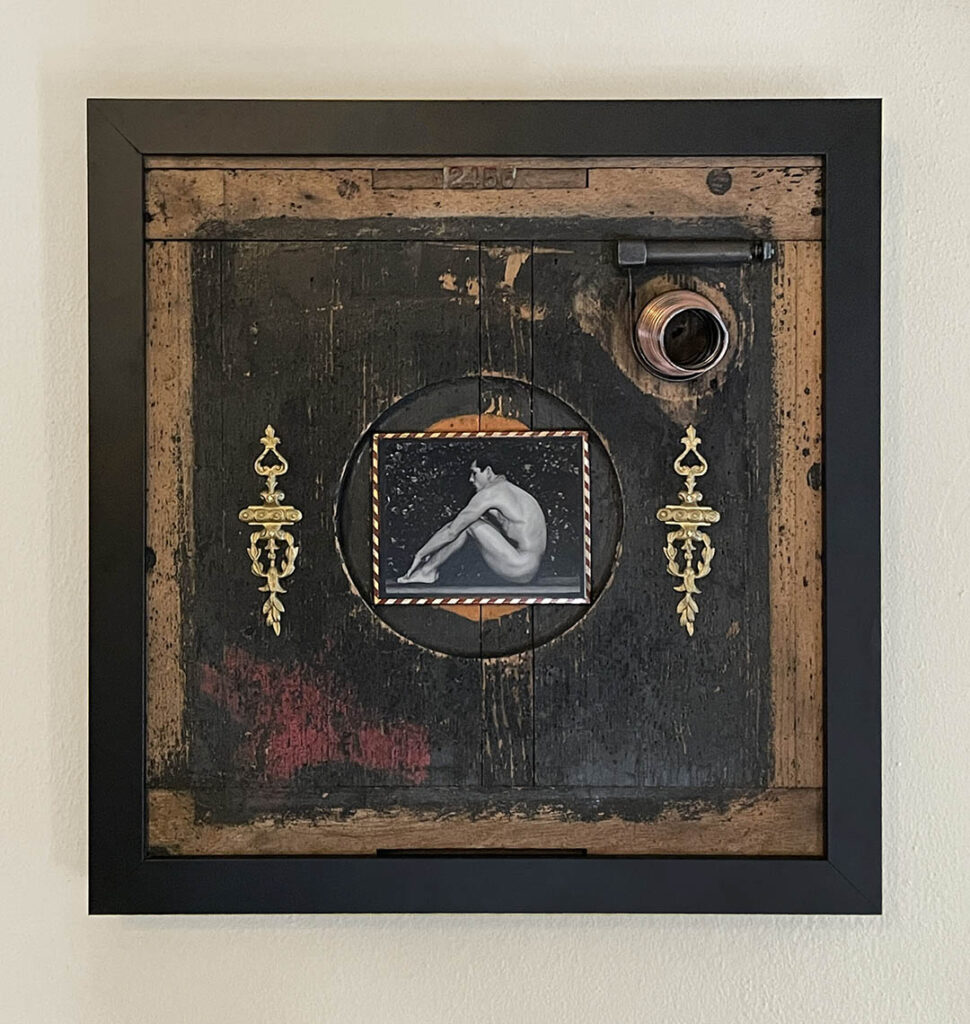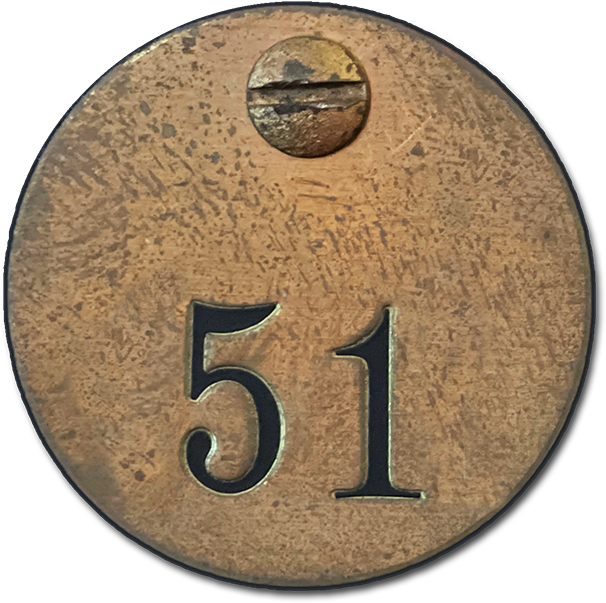My work as an assemblage artist is rooted in the belief that objects are witnesses — silent keepers of history, memory, and identity. I work primarily with found materials, such as discarded wood foundry molds, male physique photography, and symbolic elements that together form layered narratives about masculinity, desire, vulnerability, and the human condition.
I come to this practice with a deep personal connection to my materials. My father was a master patternmaker who built wood foundry molds that once gave form to the machines of the industrial age. His career, rooted in skill and precision, was eventually swept aside and made obsolete by advancing technology. In my work, these discarded wood molds act as relics and frameworks, reflecting personal history and honoring the dignity of labor.
The other visual thread that runs through my work comes from vintage male physique photography, particularly from the 1950s. In their time, these images existed at the edge of cultural acceptance, coded expressions of erotic desire wrapped in the language of athleticism and art. For me, they are not just archival ephemera but fragments of a hidden history, one that speaks to resilience, coded communication, and the enduring beauty of the male form.

Humor and visual puns often surface in my assemblages. I juxtapose industrial relics and photography with copper wire and religious iconography, using found objects sourced online and discovered in urban alleys. The selection of materials that I use in creating my artworks are always intentional and only incidentally decorative. The materials carry their own histories, and when combined are intended to spark unexpected conversations: sacred symbols alongside erotic imagery, handcrafted industrial forms framing intimate portraits, and pieces of discarded industrial-age materials, evoking both physical strength and a quiet reminder of life’s fragility and the impermanence of all things.
The juxtaposition of the materials selected are intended to disarm the viewer and hopefully open space for deeper engagement and reflection.
Themes of power and submission, devotion and longing, labor and loss recur throughout my work. My work is often a contemplation on identity and purpose. Pieces such as Daddy’s Boy and John Doe examine role expectations and the fragility of the “everyman.”


Works like Mi Corazón explore the protective environments we try to construct around the ones we love, while An Aesthetic of Obedience confronts the erotic charge of power dynamics and consent.


My approach owes a debt to the great assemblage artists, Ed Kienholz in particular, yet my intent is not to replicate but to recontextualize. Where Kienholz often created large immersive environments, I focus on creating discrete, self-contained works intended as concentrated reliquaries of meaning.
In combining the sacred and the profane, the industrial and the intimate, the playful and the solemn, I seek to create works that are both visually arresting and conceptually resonant. My aim is not to offer fixed interpretations but to invite the viewer into the layered, sometimes contradictory spaces where societal expectations, desire, and identity meet.


